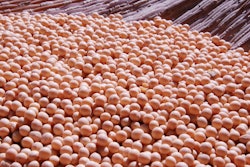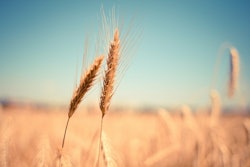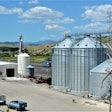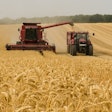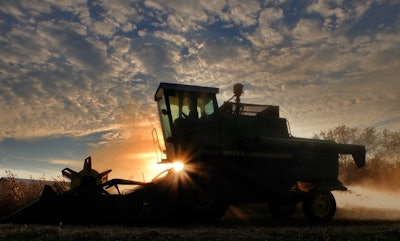
Anticipation of a return to normal is in the air. But for the economy and rural industries, there will be no going back to pre-COVID conditions.
The combination of trillions of dollars in federal stimulus spending, warm weather, vaccinations, and a persistently dovish Fed will soon generate a burst of economic activity unparalleled since 1984. But the impending release of cash-rich, inoculated consumers has spurred concern about a risk that’s also been dormant since the 1980s: inflation.
The policy focus in Washington is shifting from crisis management to building for the future. And the outcome of the president’s infrastructure plan will have substantial implications for rural water, power, and broadband providers. Hundreds of billions of dollars in funding would reshape these industries and intensify the current focus on climate resilience and social equity.
Elsewhere in rural industries, agriculture has its swagger back. Many in the agricultural industry are experiencing the best market conditions since 2013. Prices are hovering near multi-year highs as strong exports and dwindling supplies have solidified a healthy outlook for much of the farm economy. Some sectors have been severely impacted by logistics complications and container shortages, though. The dairy and specialty crop supply chains have been especially hard hit.
The transition to a less COVID-restricted world has begun. But we’re not going back to the way things were. A transformed policy environment and awakened commodity markets are making way for a whole new operating environment.
Read the reporthere.





